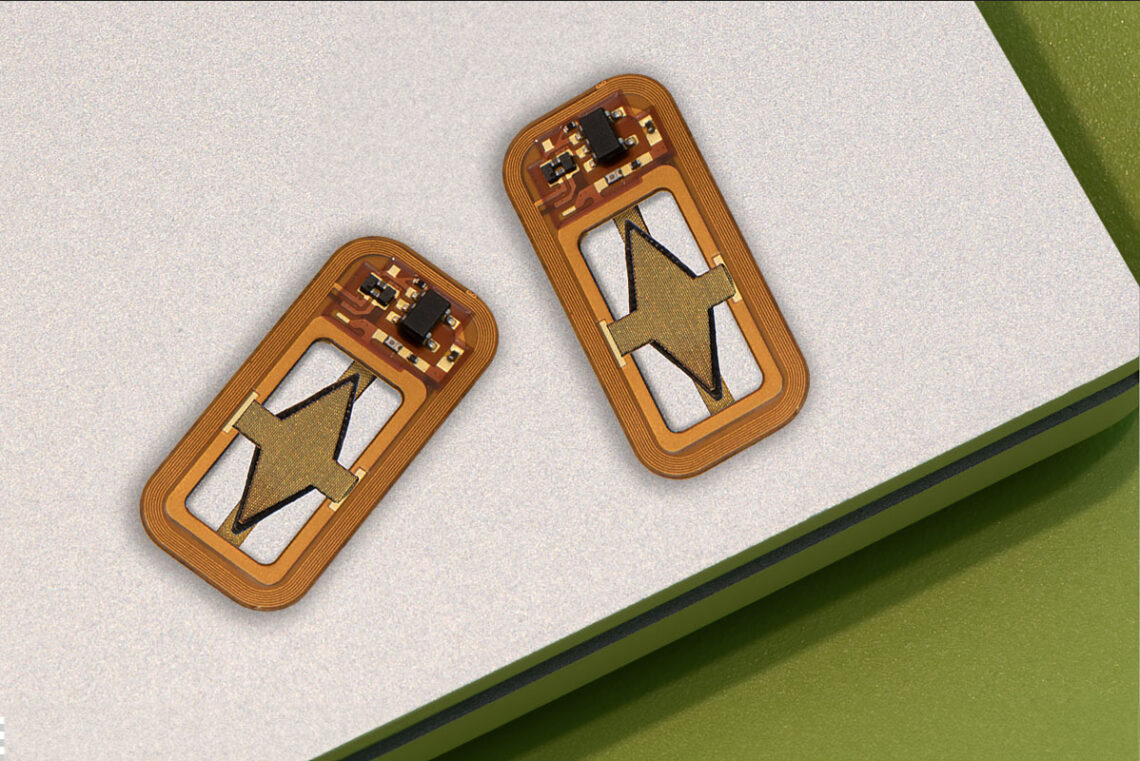People with type 1 diabetes depend on regular insulin injections to manage their blood sugar levels. Can they ever ditch the needles? A new implantable device developed by a group of engineers from the Massachusetts Institute of Technology (MIT) gives hope to millions of diabetes patients who rely on insulin injections.
Studies have shown that implanting pancreatic islet cells, which makes insulin on-demand, is a promising method for relieving diabetes patients from the burden of injections. However, in this approach, insulin production stops when the implanted cells exhaust their oxygen supply.
In the latest study, researchers designed a new implantable device that not only has thousands of insulin-producing islet cells, but also has an inbuilt facility that splits up water vapor in the body to generate oxygen.
The device, when tested on mice, helped to keep the glucose levels stable for at least a month. After developing a larger version of the device, about the size of a stick of chewing gum, researchers plan to test it in people with type 1 diabetes.
“You can think of this as a living medical device that is made from human cells that secrete insulin, along with an electronic life support system. We’re excited by the progress so far, and we really are optimistic that this technology could end up helping patients,” Daniel Anderson, a senior author of the study, said in a news release.
Around 7.4 million diabetes patients in the U.S. depend on insulin injections to manage their condition. Researchers say although insulin injections are the recommended way to manage blood sugar, they often do not match the efficiency of the pancreas in producing insulin.
“The vast majority of diabetics that are insulin-dependent are injecting themselves with insulin, and doing their very best, but they do not have healthy blood sugar levels. If you look at their blood sugar levels, even for people who are very dedicated to being careful, they just can’t match what a living pancreas…
Read the full article here








